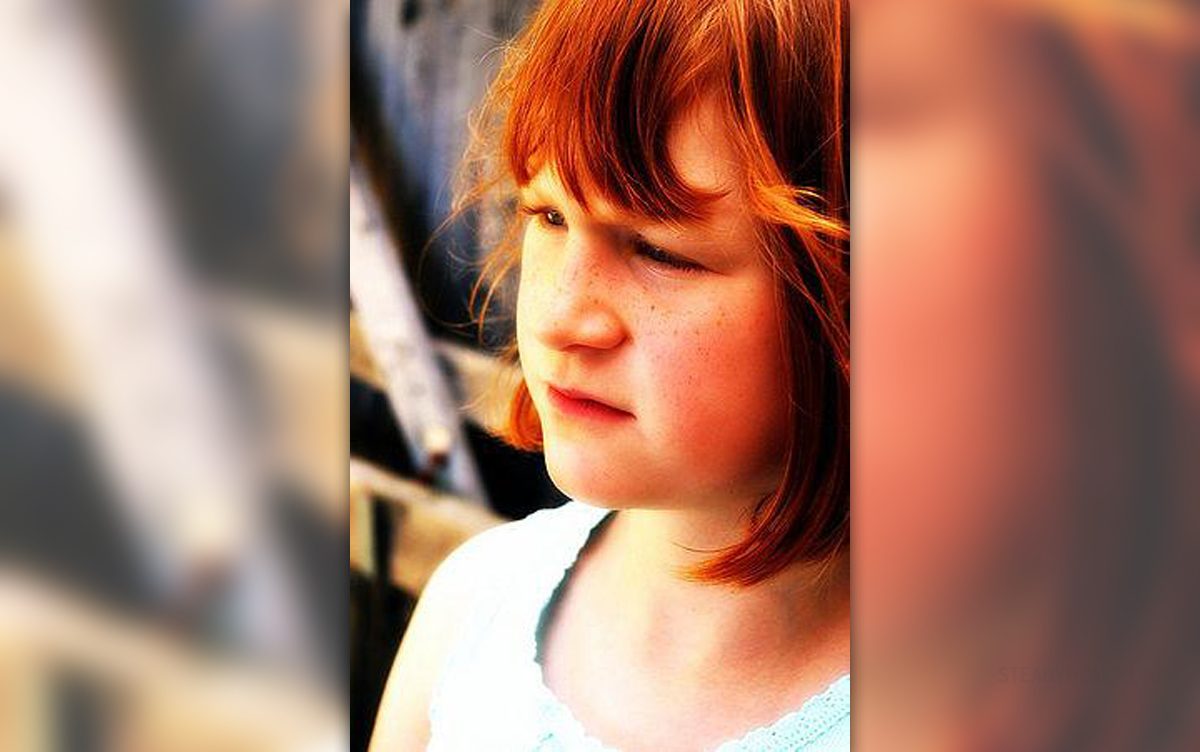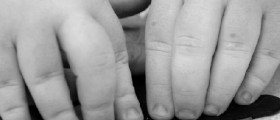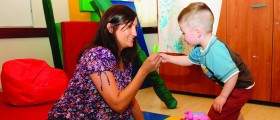
Autism and Occupational Therapy (OT)
Autism is a developmental disorder that interferes with the individual’s ability to communicate, interact and sometimes perform everyday activities, depending on the severity of the disorder. Occupational therapy is a form of therapy that strives to help physically and/or mentally challenged individuals live independent lives. Good candidates for occupational therapy include individuals who have sustained an injury or illness and lost some of the motor, visual, sensory, perception and cognitive functions. Occupational therapists also teach social and emotional skills and can assist persons with autism in overcoming some of the challenges of the disorder. As is the case with many kinds of therapy, a strong support system composed of family members, teachers and other professionals is necessary for the OT to be successful. A team of specialists work with an autistic child on improving social interactions, modifying maladaptive behavior and enhancing school performance.Assessment in Occupational Therapy
An occupational therapist makes an assessment of the child’s skills by observing him or her in their natural environment as they perform the tasks in question. Depending on the severity of the disorder, the tasks that pose problems may be pretty basic and include getting dressed, feeding oneself, or taking a shower. Other problematic activities may be related to play, not being able to throw and catch the ball, or hit a target. Occupational therapists often film the child in order to make a proper assessment and propose a course of treatment. During the assessment phase, the therapist looks for attention problems, level of physical fitness, transition from one activity to the next, skills at play, and responses to touch or other types of sensory stimuli. Also, it is important to take note of the patterns of behavior, motor skills, and interactions with parents and peers.Benefits of Occupational Therapy
Every individual has their unique problems and needs and thus all courses are very different. The earlier the child is introduced to occupational therapy the better results are achieved in a shorter period of time. It is also important that the care is well structured and individualized, and that it combines different types of strategies. There are numerous types of strategies employed by occupational therapists. For instance, they engage the autistic child in focus activities such as doing puzzles or stringing beads to improve attention skills and prolong the attention span. Playing with other individuals who are receiving occupational therapy helps in building social and communication skills. Simple everyday tasks, such as getting dressed or brushing teeth, are practiced with occupational therapists. The main purpose of occupational therapy is to enable the individual to perform as many activities as possible on their own. Individuals with autism will benefit by mastering basic grooming as well as more refined skills such as cutting with scissors or writing legibly. Gross motor skills such as walking without assistance or riding a bike are also developed through occupational therapy. Different types of perceptual skills, including telling the difference between shapes, sizes, and colors are also developed and improved with an occupational therapist. Autistic children learn to read and write and further master the skills necessary for school. Another very important behavioral skill taught in OT is the delay of gratification, which is usually accomplished through conditioning. Occupational therapists teach autistic children to express feelings in culturally appropriate ways. Further, as many autistic individuals have problems with processing sensory output occupational therapy puts special emphasis on dealing with proper sensory integration. Some of the most common signs and symptoms of sensory input processing include problems with balance, inability to filter out background noise, discomfort produced by touch, and body position difficulties. It should be noted that the scientific studies on sensory integration therapy are scarce and that more research is needed to show its effectiveness. It is understood so far that sensory integration therapy can help with behavioral problems, but not with improving academic performance. Some of the activities that autistic children engage in through sensory integration therapy include swinging, getting massages, spinning on a scooter, squeezing knees and elbows, and wearing a weighted vest.Getting Occupational Therapy
In order for an autistic child to receive occupational therapy, the primary health care provider has to write a referral. There is plenty of useful information that can be obtained from the school nurse or a guidance counselor regarding places where occupational therapy is offered. Occupational therapists usually work in clinical settings such as hospitals or private clinics. Many can be found working in schools and other educational institutions. Experts in occupational therapy can be found in rehabilitation centers and sometimes in nursing homes as well. Some also hold private practices. It is very important that the autistic child receives support, compassion, and empathy from family members in order for any kind of therapy to be successful.
















Your thoughts on this
Loading...